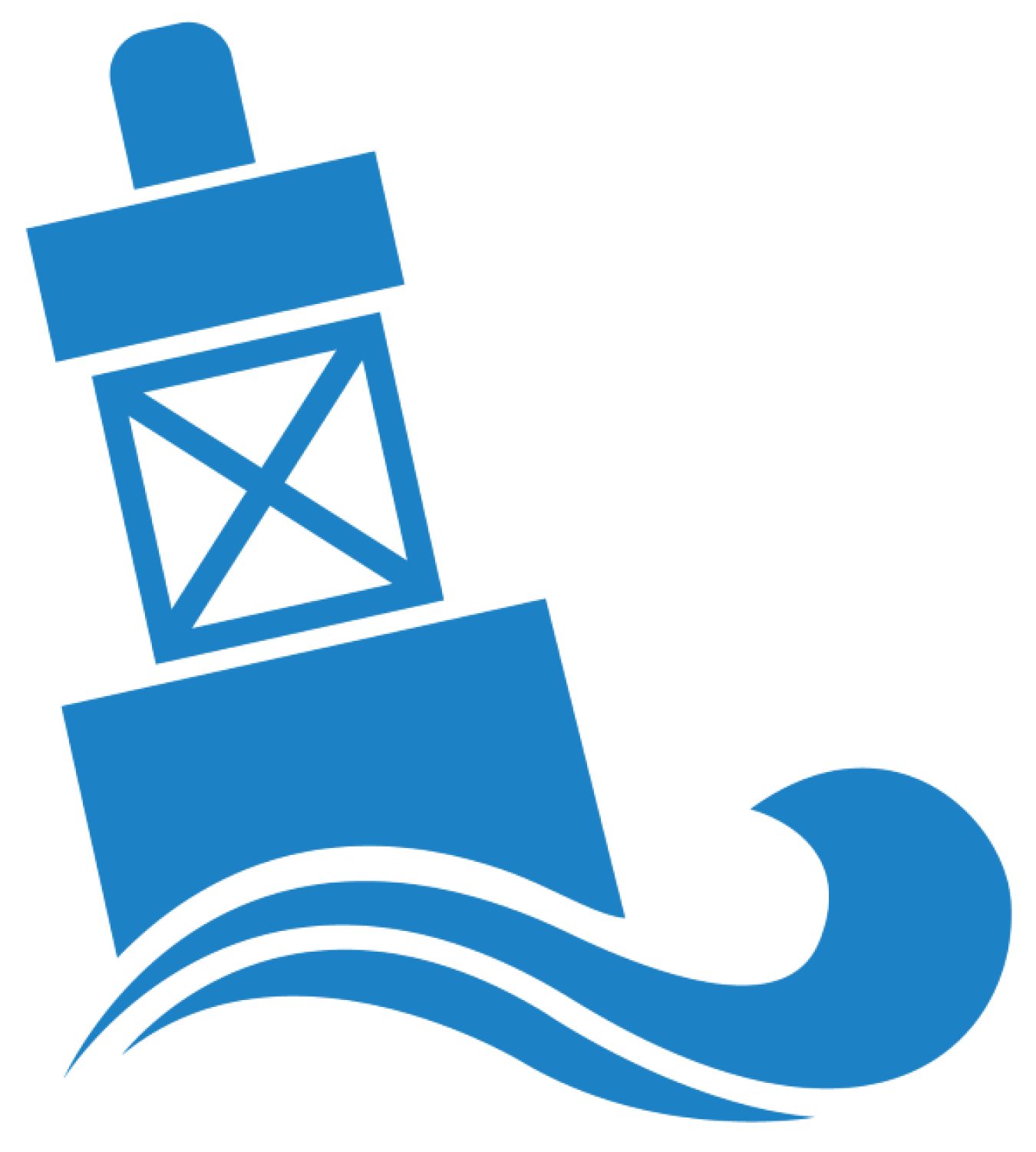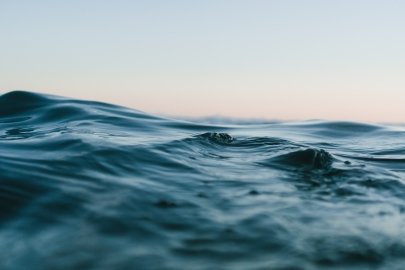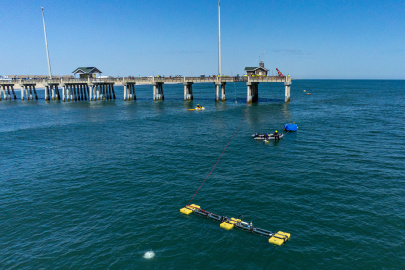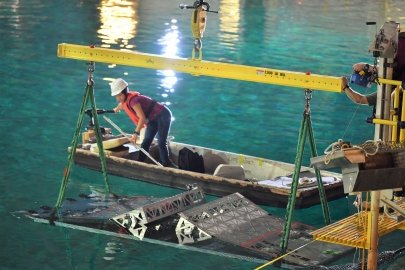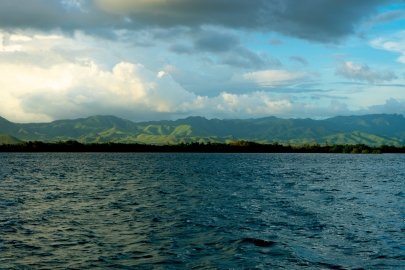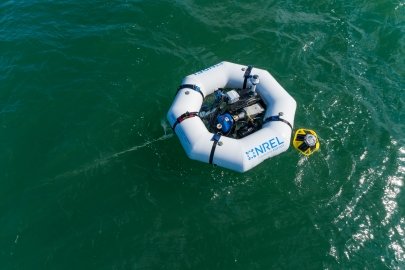With the first stages of directional drilling nearly complete, land-based construction begins on PacWave South, the United States’ first accredited, grid-connected, open-ocean wave energy testing facility.
Water Power Technologies Office
March 9, 2022Marine Energy Program
Reducing Barriers to Testing
Project Name: Enabling Cost-Effective Electricity from Ocean Waves: PacWave
Project Team: Oregon State University (lead), European Marine Energy Centre, Aquatera Ltd., Pacific Energy Ventures, 3U Technologies, National Renewable Energy Laboratory, Williwaw Engineering, H.T. Harvey & Associates, HDR, and Stoel Rives
Lead Recipient Location: Newport, Oregon

Construction began in 2021 on PacWave South—the first accredited, grid-connected, open-ocean wave energy testing facility in the United States and one of only a few worldwide. Wave energy devices must be able to survive in harsh ocean environments. Simulations in a scaled test facility can’t replicate myriad challenges like damage caused by biofouling or the drag on anchoring tethers from strong ocean currents. PacWave will enable technology developers to prove how their wave energy devices perform in highly energetic seas over long periods of time.
Funded by the U.S. Department of Energy’s Water Power Technologies Office and featuring a team of partners led by Oregon State University, PacWave will include two test-site locations. PacWave North, already in use by wave energy device developers, is in shallower waters and is not grid connected. PacWave South will be about 12 miles northwest of Oregon’s Driftwood Beach State Park and 7 miles offshore. The site will support 20-megawatt, grid-connected, utility-scale testing as well as small-scale, off-grid testing. A subsea cable system, grid interconnection, and a utility connection and monitoring facility will transmit wave energy-produced power from PacWave South to the local utility grid.
Construction activities in 2021 included completing four directionally drilled bores and then installing cable conduits in each bore where power cables will be laid. The conduits—each about 1 mile long—start at the Driftwood Beach State Park parking lot, descend as deep as 150 feet under the dunes and beach, and break through the seafloor at a water depth of about 45 feet. Divers capped the cable conduits—one for each of PacWave South’s four 5-megawatt wave energy converter test berths—to protect them until cable installation begins.
In 2021, four nearly 1-mile-long sections of conduit—one for each of PacWave South’s four 5-megawatt, grid-connected wave energy converter test berths—were installed. As the facility prepares for operation, customized cable will be pulled through the conduit along the way to the test site 7 miles offshore. Photo courtesy of PacWave
Once fabricated and transported to the site, the four customized cables—each about 12 miles long and featuring three medium-voltage copper conductor cores and 12 fiber-optic elements per cable—will be installed. The inner mile of cable will be pulled through the conduit from the cable ship to the park. The remaining 11 miles of cable will be buried about 3 feet under the seafloor from the conduit to the test site. The cables will provide power and data connectivity between developers’ wave energy conversion systems and a utility connection and monitoring facility on land. The next step, which has already begun, is snaking conduit underground from shore, under a highway, and up a hill to the future location of the 1.2-acre utility connection and monitoring facility.
As PacWave is prepermitted for most wave energy device types, technology developers can avoid a costly and time-consuming permitting process prior to testing at the site. This will allow for more rapid optimization of designs. By enabling users to demonstrate technical viability, determine methods for cost reduction, and advance technologies toward cost-effective power delivery and commercial readiness, PacWave will set the standard for wave energy device testing over the next few decades.
WPTO's Marine Energy e-newsletter shares news and updates on tools, analysis, and emerging technologies to advance marine energy.
The WPTO e-newsletter brings funding opportunities, events, publications, hydropower, and marine energy updates directly to your inbox.


